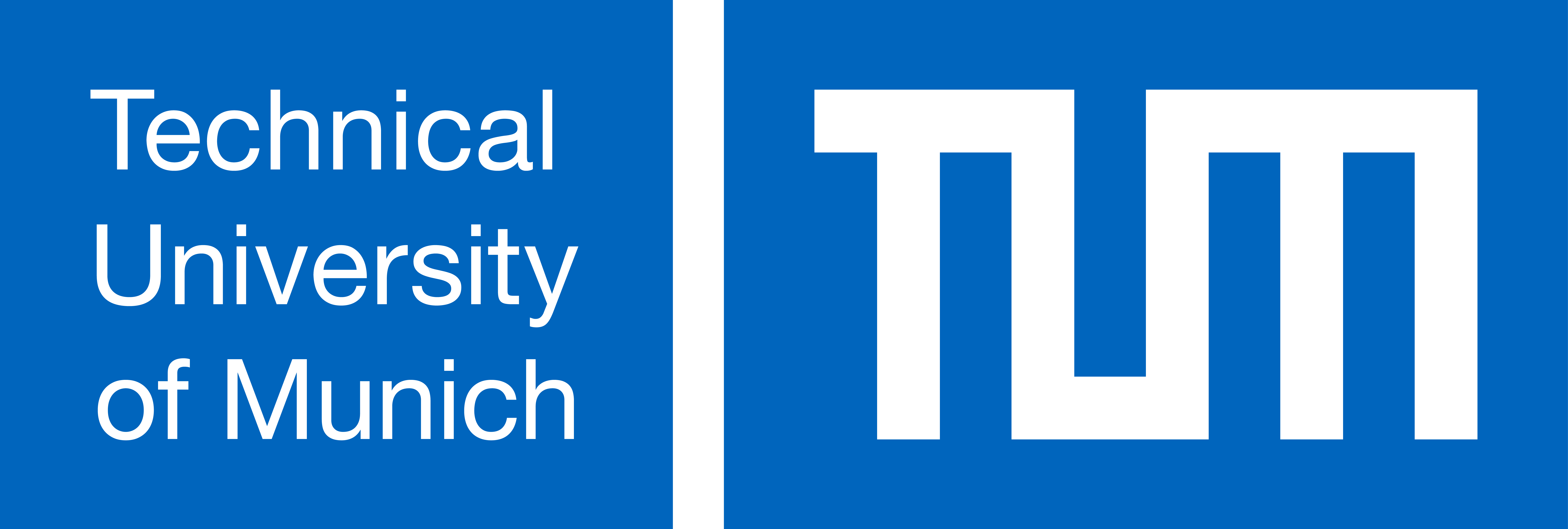About this course
This module covers a profound overview of the evolutionary mechanisms driving the changes in crop pathogen populations and their implications for disease management. It is built in four major blocks (four topics). They are enclosed by seminar and discussion block where students mobilize their theoretical knowledge to interpret data and propose new disease management strategies for major crops (rice, wheat, barley, banana, maize, apple, tomato).
-
Introduction to evolutionary genomics: we describe the neutral theory of molecular evolution (including genetic drift, random mutation, transposable elements insertion). How is a genome organized? What is the spatial structure of pathogen populations (between fields, regions, and continents). We describe how natural selection acts at the level of major genes and of quantitative traits, and give examples of such genes in crop pathogens. This part is mainly a lecture with small exercise to compute genetic drift using R.
-
Pathogen genomics: range of genome sizes found in pathogens. What is the effect of recombination (sexual reproduction) and accumulation of deleterious mutations by Muller's ratchet. This part is mainly lecture with small exercise on a model of sexual recombination in pathogens.
-
Disease epidemiology: disease epidemiology principles, SIR models, models of disease spread in a field (SEIR), herd immunity concept, evolution of aggressiveness. This block consists of a lecture and long exercise sessions in R where simulations of SIR and SEIR models are performed.
-
Host-parasite coevolution: introduction to models of coevolution, importance of gene-for-gene interactions in plants. We study simple dynamical systems and predict the outcome of coevolution, that is occurrence of arms race or trench warfare dynamics. This part includes a short lecture and exercise sessions with R codes simulating coevolutionary dynamics. Simulations are used to exemplify and understand the possible outcome of coevolution and to understand the implications of deploying major resistance genes in disease management. Synthesis: what is an optimal disease management taking pathogen evolution into account? This part consists of a lecture and a seminar part (paper presentation) where the students analyze and evaluate critically genomic studies of various crop diseases and the link to disease management strategies.
Learning outcomes
The students have a profound understanding of the evolutionary mechanisms driving evolutionary and genomic changes in crop pathogen populations. For example, they can describe how the genomes of pathogens change in time due to coevolution with their host, the action of humans and certain disease management strategies. Furthermore, the students are able to describe the genome evolution of pathogens and use knowledge from published full genome data analyses of crop pathogens. The students understand the principles of disease epidemiology. They can build basic mathematical models and implement them in R to perform simulations and analyze their behavior. The students are able to describe and explain the mechanism of coevolution between hosts and their pathogens. To do so they are able to build a mathematical model of coevolution, analyze its long-term dynamics and implement it in R. Finally, the students can integrate aspects of pathogen evolution into disease management, and are able to design their own new management strategies for different crop diseases. They have basic skills in coding with the software R and are therefore able to perform basic statistics for plant pathology.
Examination
The examination consists of a written exam (60 min). The students have to answer several questions related to the evolution of pathogens in response to disease management. One case study (with two-three articles) is provided ahead of the examination as preparation. The students have to analyze before the exam the methods used in the studies and the results. In answering the questions at the examination, the students will 2) explain the concepts of Evolutionary genetics applied to disease management of that particular pathogen, 3) describe the theoretical models used in the course which are adapted to explain the results of the studies, 4) evaluate critically the management strategy used in the studies, and 5) propose new better disease management strategies based on the knowledge of the pathogen genomics. Additional references searched by the students before the examination can be added to help answer the question.
Course requirements
Basic knowledge in statistics and genetics, additional basic knowledge of phytopathology
Resources
- Madden, Hughes, and van den Bosch, The Study of Plant Disease Epidemics (2007); Hartl and Clark, Principles of Population Genetics 4th Edition (2007); Hedrick, Genetics Of Populations 4th Edition (2009); Otto and Day, A Biologist's Guide to Mathematical Modeling in Ecology and Evolution (2007); Milgroom, Population Biology of Plant Pathogens: Genetics, Ecology and Evolution. American Phytopathological Society Press (2015)
Activities
The lectures and exercises are intermixed during the sessions. Typically, a first part of lecture introduces the concepts and the mathematical models. Then students will implement the model in R and perform simulations under different parameters. Thereby, they gain a direct understanding of the behavior and outcome of the mathematical model. The exercises are done by the whole group, and students are encouraged to discuss their results with their colleagues, before a summary is presented by the lecturer. There is also a seminar session, where students by groups of two will present a research paper which is a case study of population genomic data of a crop pathogen. The students perform a PowerPoint presentation of this case study and afterwards will discuss it with the lecturer and the other students. The aim of the presentation is to describe, analyze and interpret population genomic data of crop pathogens, critically evaluate the results and evaluate the efficiency of disease management strategies.
Additional information
- More infoCourse page on website of Technical University of Munich
- Contact a coordinator
- LevelMaster
- Contact hours per week2
